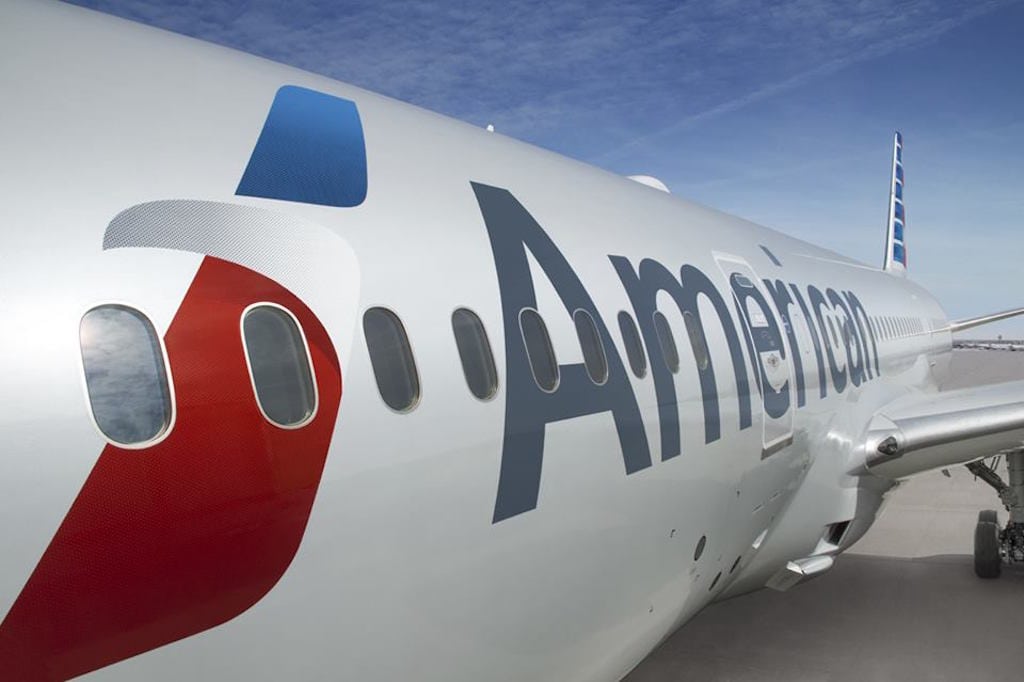Skift Take
The level of profitability revealed in the latest BTS report is leaves the Big 3 U.S. airlines room to improve their in-flight products and passenger services, without breaking the bank. But they have achieved this profitability in large part by becoming better businesses. If they are to stay profitable when the next inevitable industry downturn comes, they will need to keep improving their retail models.
Cheap oil helped U.S. airlines make unbelievable improvements in net profits last year, but Bureau of Transport Statistics data shows they’ve also become better retailers.
And flyers are benefiting from lower fares.
While total numbers of baggage fees and reservation charges have brought in dollars — $3.8 billion and $3.0 billion, respectively — they represented only 2.26% and 1.78% of airline revenue in 2015. The largest contributor to airline revenue $27.4 billion was transport-related revenue (16.22%).
Though that dropped by 2.64% or $741 million from 2014 to 2015, it was still the largest contributor to revenue than any other category, aside from fares, by a wide margin.
“Transport-Related” revenue stems from flight services like in-flight onboard sales of food, liquor, or other amenities; revenue from code share partnerships, and revenues from associated businesses in aviation services like aircraft maintenance, fuel sales, and restaurants.
The second largest contributor to revenue, at 2.9% or $4.9 billion is “Other revenue,” which includes pet transportation, sale of frequent flyer award miles to airline business partners, and standby passenger fees.
Some of that transport-related income is off-set by related operating expenses, which represent 12.9% of all airline operating expenses.
But airlines have reduced this cost burden by 12.26% from 2014 to 2015, a savings of $2.5 billion.
Other expenses, including materials, advertising, communication expenses, insurance, outside flight equipment, maintenance and traffic commissions have also been reduced by more than half 55.24%, a savings of $35.6 billion.
This “other” operating expense category represents 20.49% of all operating expenses, and is the second highest operating expense after labor (32.2%).
Fuel expenses rank in third place at (19.15%).
The reduction in “other” operating expenses reflects how well airlines have restructured their businesses for longer term profitability. While cheaper fuel has helped the bottom line, the savings from fuel was considerably lower; reduced by 37.89%, yielding $16.5 billion in savings.
Through a combination of improved retailing and better control of other expenses, airlines are evolving from utilities to businesses.
It is this steady progress towards rational operations which keeps airlines in the black.
Fees charged to passengers contributed a relatively small portion to airline’s bottom lines, by comparison, and were further offset by a slight reduction in fares (0.45%) which saved air travelers $575.9 million in 2015.
By comparison, in 2015, the Consumer Price Index (CPI) for transportation services, as reported by the U.S. Bureau of Labor Statistics, rose by 2.6%.
It is easy to see the impact of unbundling on airline performance, but it also reveals the relative strength of the Big 3 U.S. carriers as enterprises against low-cost competitors. For American, Delta, and United fares represent around 70% (71% in the case of American) of revenue.
Alaska also operates with a low dependency on fares for revenue at 71%.
This leaves some room for the Big 3 to fight a fare war in desired markets — at least for a limited time while fuel prices are friendly — without significantly impacting revenue earnings. The larger of low-cost competitors among the top 10 airlines—Southwest and JetBlue—rely on fares for 93% and 92% of their revenue, respectively.
This reflects their rolled-up fares structures, with most charges included in the price of the ticket. But it also reflects their smaller scale that does not benefit from the level of code-share income the Big 3 earn through global alliances and joint ventures. Nor do these two low-cost carriers benefit from sales of frequent flyer miles at the same level as the Big 3 and or from the provision of flight maintenance services, etc.
Of all U.S. airlines Spirit which has the lowest dependency on fares for revenue at 59%.
The airline’s raw unbundling policy helps. Though this fare model hasn’t earned the airline popularity points on customer ratings, its planes fly full.
The U.S. airline most dependent on fares for revenue is SkyWest, at 97%.
The Daily Newsletter
Our daily coverage of the global travel industry. Written by editors and analysts from across Skift’s brands.
Have a confidential tip for Skift? Get in touch
Tags: airlines, american airlines, bts, delta air lines, jetblue airways, low-cost carriers, money, oil, southwest airlines, united airlines
